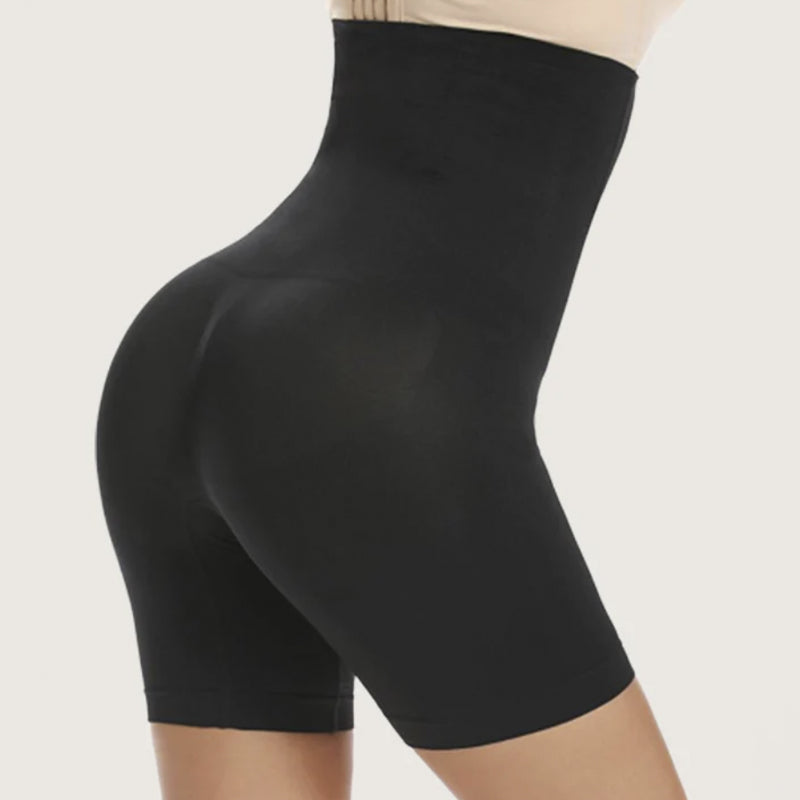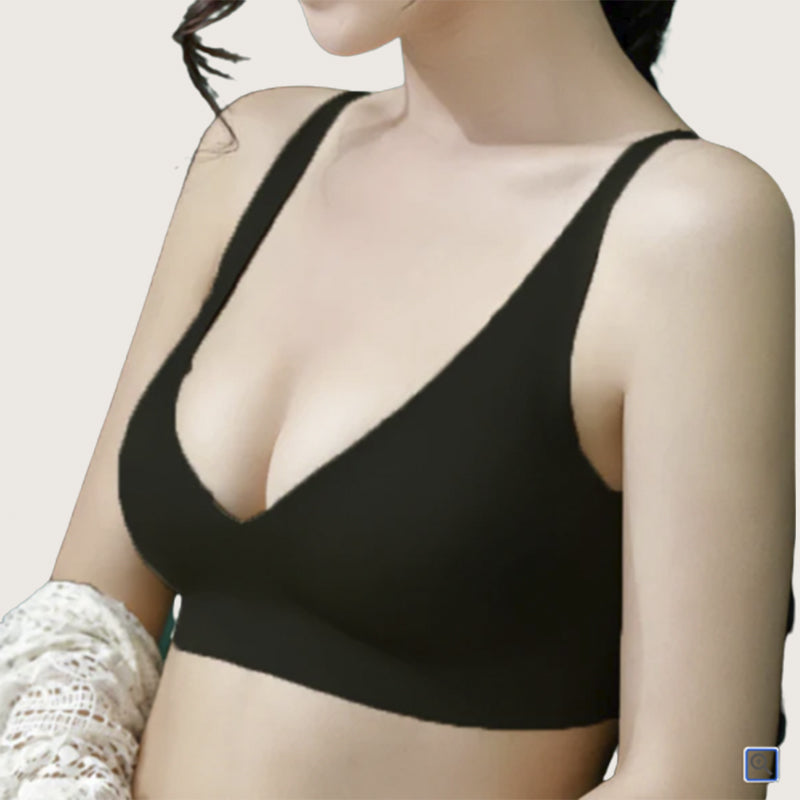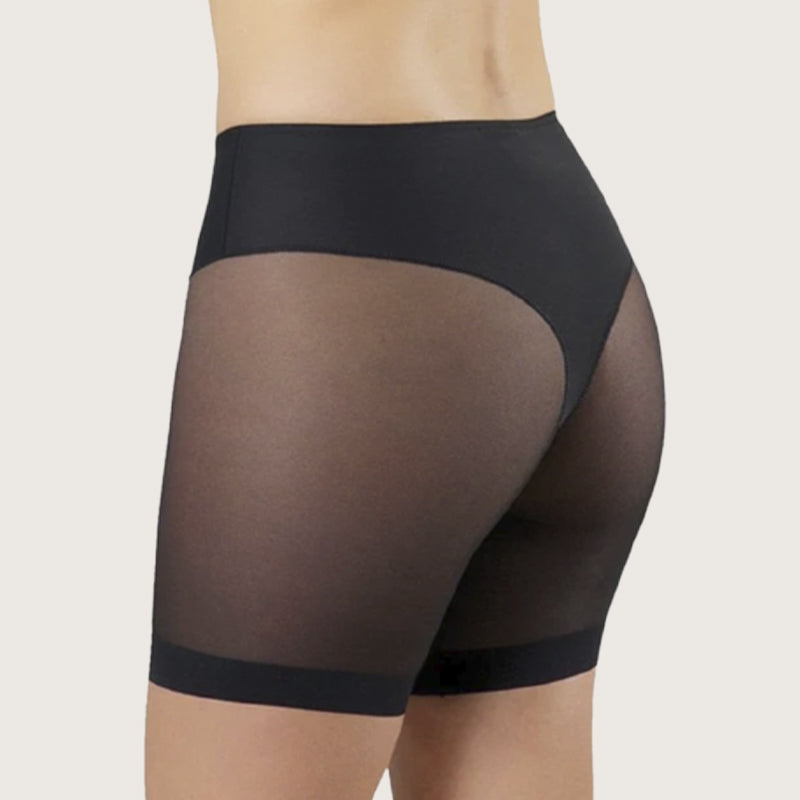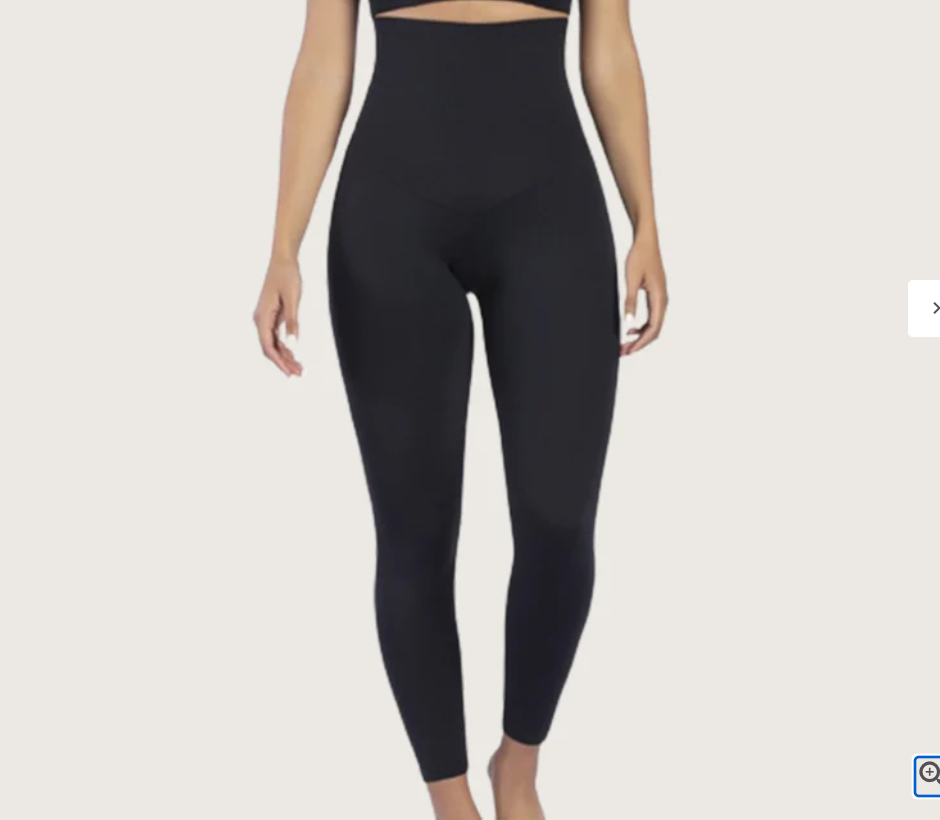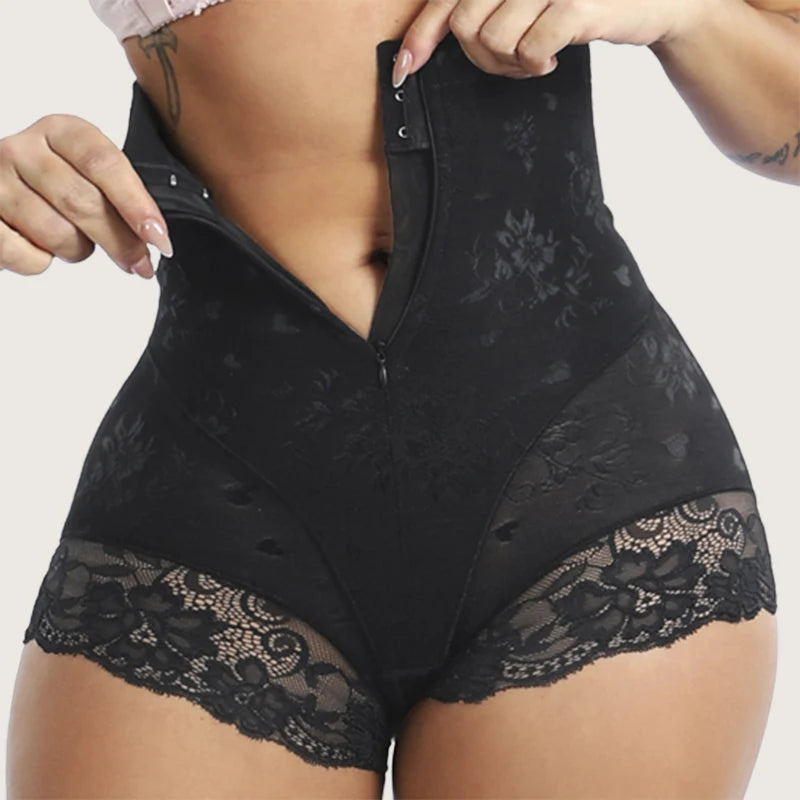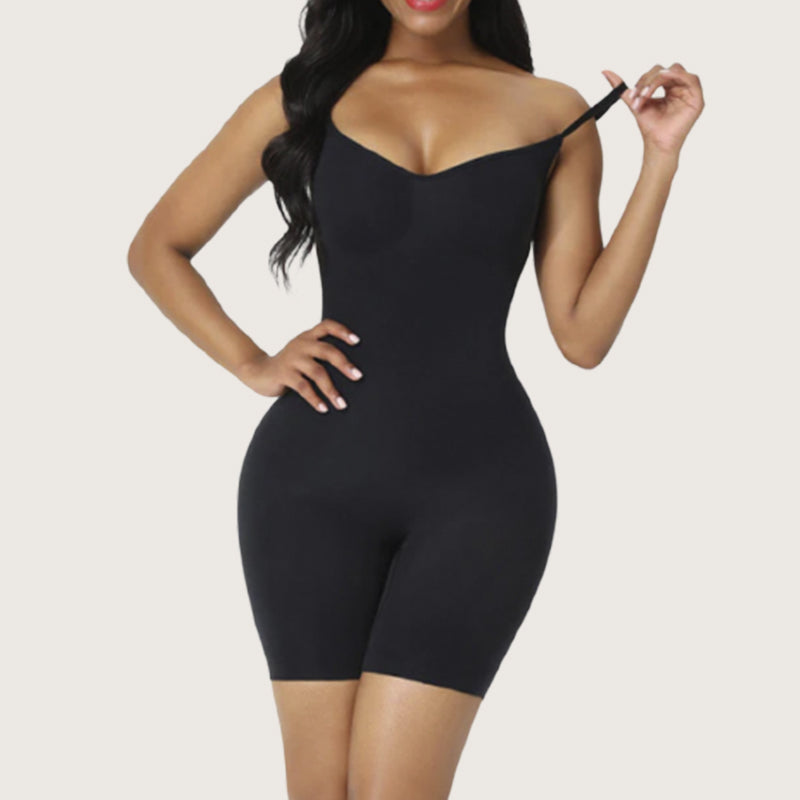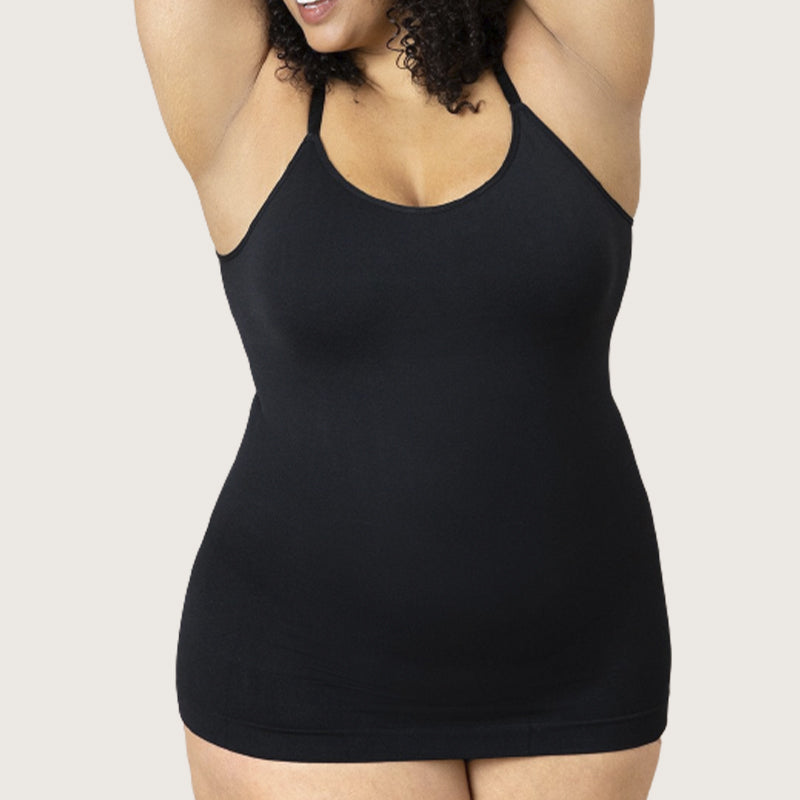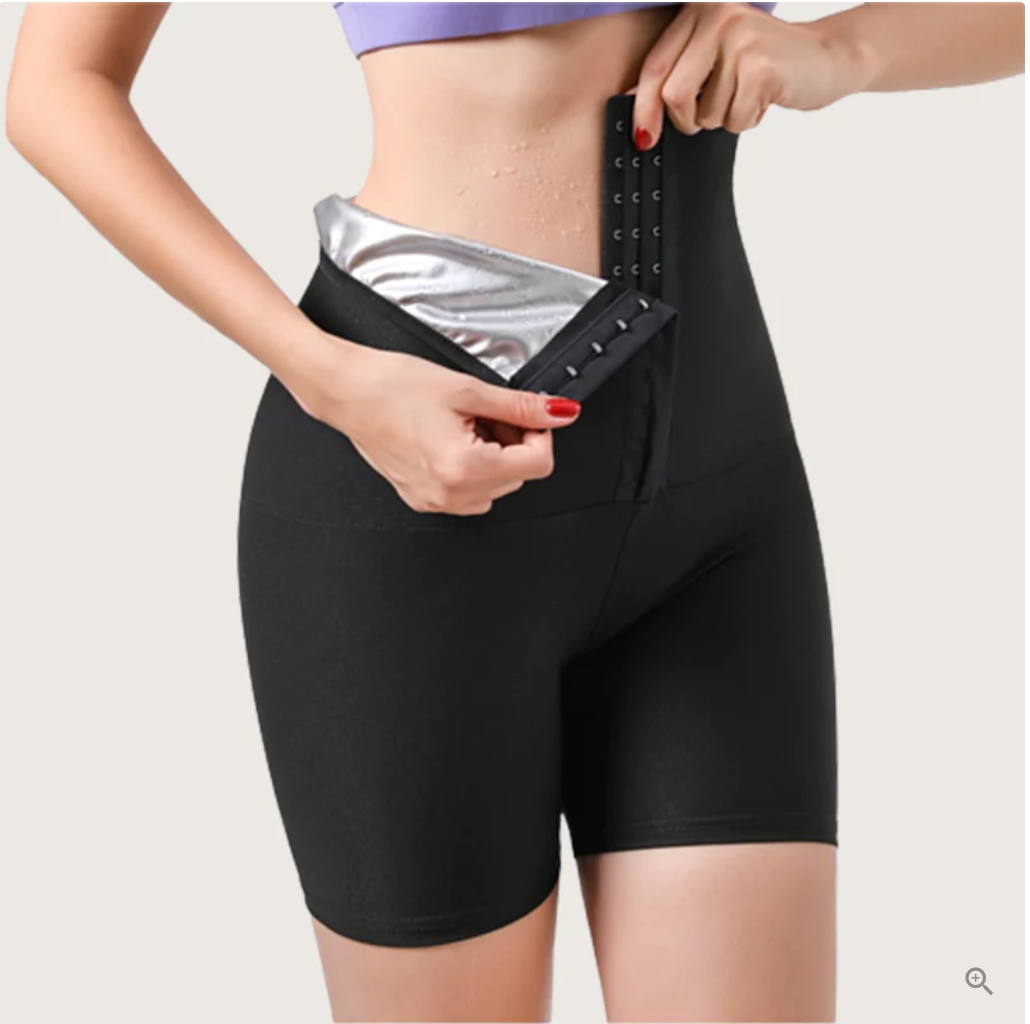The choice between a corset and a bra has been a perennial debate in the realm of lingerie and fashion. Both serve as undergarments designed to provide support to the breasts, but they differ significantly in structure, function, and style.
A corset is a garment that tightly wraps around the torso to shape and support the waist, bust, and hips. A bra is a piece of underwear that covers and supports the breasts. Both corsets and bras have been worn by women for centuries, but they have different purposes and effects on the body.
In this article, we will compare and contrast corsets and bras in terms of their design, function, and effect. We will also discuss the advantages and disadvantages of each option and help you decide which one is best for you.
Table of Contents
Origin of Corsets and Bras
To understand the corset's place in comparison to the bra, it is crucial to delve into their historical origins. Corsets have a long and intricate history, dating back to the 16th century when they were used to shape and support the torso, emphasizing an hourglass figure.
In contrast, bras emerged as a response to the changing fashion trends and women's desire for more freedom of movement during the early 20th century. This historical context lays the foundation for the fundamental differences between the two undergarments.
For some women, wearing a corset instead of a bra offers enhanced breast support and shaping. Modern corsets use lighter weight yet durable materials to mimic the bust-boosting and waist-cinching abilities of their antecedents without the pain and long-term health risks. An overbust corset lifts and separates the breasts rather than compressing them tightly together. This focused support can make breasts appear perkier and more lifted. Some women also report improved posture and back pain relief when wearing a properly-fitted overbust corset instead of a bra.
However, corsets remain relatively rigid and tight-fitting garments. Even modern versions require "seasoning" to gently condition and mold the body to its unbending shape over time. Full-time wear can be challenging for many due to the unforgiving panels and boning digging into soft tissue. Corsets also lack the adjustability and ease of use as today's bras with their array of sizes and hooks to customize the fit. So while corsets can supply greater breast elevation for some, bras generally confer easier all-day wear and convenience.

Differences Between Corsets And Bras
Design
Corsets and bras have different designs that affect how they look and feel on the body. Corsets are usually made of stiff fabric, such as cotton, satin, or leather, and have boning, laces, hooks, or zippers to fasten and adjust them. Corsets can be either overbust or underbust, meaning they cover the breasts or not.
Bras are usually made of softer fabric, such as cotton, silk, or lace, and have elastic, straps, hooks, or clasps to fasten and adjust them. Bras can be either wired or unwired, padded or unpadded, and have various cup shapes and styles. Corsets and bras also come in different sizes, but corsets are measured by the waist circumference, while bras are measured by the band size and the cup size.
Function
Corsets and bras have different functions and benefits for the body. Corsets are mainly used to cinch the waist and create an hourglass figure. They can also lift and support the bust and hips, improve the posture, and reduce back pain. Corsets can enhance the confidence and appearance of the wearer, especially when worn with formal or vintage outfits. However, corsets can also be uncomfortable, restrictive, and harmful if worn too tightly or for too long. They can cause breathing difficulties, digestion problems, skin irritation, and muscle atrophy.
Bras are mainly used to support and shape the breasts. They can also provide comfort, protection, and modesty for the wearer, especially when engaging in physical activities or wearing tight or sheer clothing. Bras can also enhance the confidence and appearance of the wearer, especially when matched with their personal style and preference. However, bras can also be uncomfortable, ill-fitting, and unhealthy if worn incorrectly or for too long. They can cause shoulder pain, neck pain, headaches, sagging, and skin infections.
Support and Comfort:
One of the primary considerations when choosing between a corset and a bra is the level of support they offer. Corsets, with their boning and lace-up structure, provide comprehensive support not only to the breasts but also to the entire torso. The rigid design of a corset helps maintain a straight posture and can be particularly beneficial for individuals with back issues. Some proponents of corsets argue that the support they provide is superior to that of bras, making them a viable alternative for everyday wear.
On the other hand, bras are specifically engineered to support and lift the breasts. Modern bras come in various styles, including push-up, underwire, and sports bras, each catering to different needs. While bras may not offer the same level of full-body support as corsets, they are designed to enhance comfort and provide targeted support to the chest area.
We cover the various styles of modern bras in our other guides on push up bras vs normal bras, demi bra vs push up, push up bra vs padded bra, and plunge bra vs push up.

Should You Use Corset Instead of Bra?
The idea of using a corset instead of a bra has gained traction among those seeking an alternative approach to breast support. Advocates of this unconventional choice argue that corsets, when properly fitted, can distribute weight more evenly, reducing strain on the shoulders and back. Additionally, some claim that wearing a corset instead of a bra can contribute to better posture and a more sculpted silhouette.
However, this approach is not without controversy. Critics argue that corsets are not designed to replace bras and may not offer the same level of comfort, especially for everyday use. Moreover, the restrictive nature of corsets may limit movement and cause discomfort over extended periods, making them less practical for modern, active lifestyles.
Over Bust Corset vs Bra
While the primary function of both corsets and bras is to provide support, they also play a significant role in shaping and enhancing the female form for aesthetic purposes. Over bust corsets, in particular, have gained popularity as a fashion statement, blurring the lines between lingerie and outerwear. The structured design of an over bust corset can lift and shape the bust, creating a bold and glamorous look.
In contrast, bras are traditionally seen as more discreet undergarments, although modern lingerie trends have embraced bralettes and intricate bra designs as outerwear fashion. The choice between an over bust corset and a bra largely depends on personal style preferences and the desired fashion statement.
Final Thoughts
Corsets and bras are both garments that can shape and support the body, but they have different designs, functions, and effects. Corsets are stiff and tight garments that wrap around the torso and create an hourglass figure. Bras are soft and flexible garments that cover and support the breasts. Both corsets and bras can have positive and negative impacts on the health, confidence, and appearance of the wearer, depending on how they are worn and fitted. The choice between corsets and bras depends on the personal preference, comfort, and goal of the wearer.
While corsets offer enhanced structure and support for some large-busted women, bras reign supreme in providing customizable comfort suitable for modern life. Wishful thinking won’t squeeze us back into the overly restrictive garments of yore. Bras may fall short of the gravity-defying elevation that corsets can provide, but they get the job done with far less rigidity and pain. Ultimately the choice between bras and corsets comes down to personal preference based on comfort, intended use, desired aesthetics, and personal priorities. But unless you’re dressing in period costume or have unusually heavy breast needs, you’re likely to find bras the more practical option in your daily life.
Also Read:
